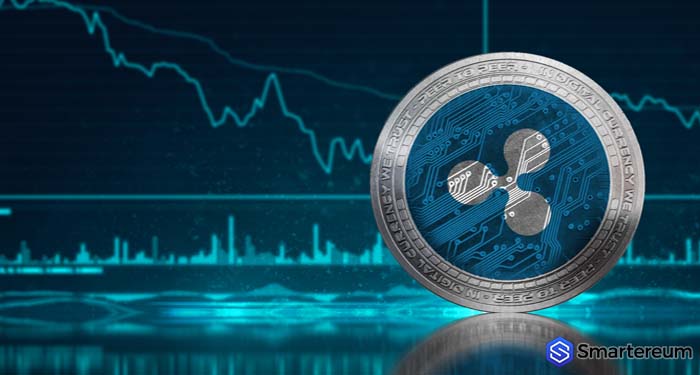


New transaction blocks have been added to the Ethereum blockchain after the successful upgrades of the network. The St. Petersburg and Ethereum Constantinople upgrades were successful from all indications.
Ethereum (ETH) Price Today – ETH / USD
Etherscan, the blockchain analytics site, reported that the daily block count increased exponentially. More than 1,500 blocks were added within 24 hours after the completion of the upgrades. The process was implemented as hard forks and was accepted on the main network.
The reason for the spike
The spike was caused by the Ethereum Improvement Proposal 1234 which was activated last week. It was created to disable a part of the code in the software. This code is known as the ‘difficulty bomb’, and this process covers a 12 month period. It is meant to promote the transition of a proof of stake consensus algorithm. This code has been increasing the difficulty of mining Ethereum.
The effects of the difficulty bomb have reversed rapidly from all indications as Etherscan reports that one day after the activation of the hard fork, the block creation times on the blockchain reduced from 19 to 14 seconds.
Developers are planning for a new set of EIP for next Ethereum hard fork
The timeline for the next hard fork has not been settled on by Ethereum developers. However, Afri Schoedon, former core developer is suggesting that October is a good time for this.
CEO of MyCrypto, a wallet tool, Taylor Monahan spoke to Coindesk about these recent developments. He says the preparations for the hard fork are difficult as the ETH ecosystem scales to include developers, companies as well as users.
In his words,
“I’m always worried whenever there’s a fork because there are so many moving pieces…You have the miners. You have the hardware or the nodes. Also, you have Geth, Parity, Harmony and all the different client software. You have the exchanges, wallets and everything in between. There’s a lot of places where things can go wrong.”
So many other major enterprise companies have also echoed this problem of considering how to extend services to cover trading of the ether, the native cryptocurrency of Ethereum.
Smoother activation
The Ethereum Constantinople activation was smooth. It is possible that it was caused by multiple attempts to release it. This makes it attractive to most of the stakeholders.
Alethio, Ethereum blockchain analytics platform also reported that there was no substantial fluctuation in the number of smart contract message calls or transaction volume from the activation of the hard fork to today.
Network hashrate
Etherscan also showed that the network hashrate of Ethereum barely saw any change after the activation of St Petersburg and Ethereum Constantinople updates.
This implies that most miners on the network have upgraded their computer servers to mine on the upgraded chain instead of the one running on the old Ethereum software.
Presently, the hash rate of the network is 132,986 GH/s, according to ForkMon, the hard fork monitoring site. The combined hash rate of the miners who contributed hash power to the non-activated chain is 1,777 GH/s.
It can be concluded that a majority of nodes on the network upgraded successfully. Miners who are using the old chain are advised to update to avoid wasting energy.
Princess Ogono is a writer, lawyer and fitness enthusiast. She believes cryptocurrencies are the future. When she's not writing, she spends time with her adorable cat, Ginger and works out often.









